Types of Oral Appliances for Sleep Apnea
There are two main types of oral appliances used to treat obstructive sleep apnea (OSA): mandibular advancement devices (MADs) and tongue-stabilizing devices (TSDs). MADs work by pulling your lower jaw forward, creating more space for airflow in the back of your throat. TSDs treat OSA by pulling your tongue forward using suction. Custom-made oral appliances tend to offer the best results for OSA.
Who Oral Appliances Are Best For
Oral appliances are most effective for people with mild to moderate OSA who can't use a CPAP machine. CPAP is often the preferred treatment for improving airflow, but many find it challenging to use consistently. Some people use oral appliances and CPAP together, such as when traveling. However, oral appliances may not be suitable for everyone, including those with central sleep apnea, children, and people with severe OSA.
Procedure Details of Getting an Oral Appliance
To obtain an oral appliance for obstructive sleep apnea, a sleep study is necessary for diagnosis. If an oral appliance is recommended, a referral to a dentist is needed. The dentist will take an impression of your teeth or a 3D scan, send it to a manufacturer for a custom design, and fit you for the device. It usually takes about two to four weeks to get used to wearing the appliance.
Risks and Benefits of Oral Appliance Therapy
In the initial weeks of using an oral appliance, you may experience short-term side effects like increased salivation, jaw and teeth pain, dry mouth, and gum irritation. Long-term side effects, which are uncommon with a properly fitted appliance, can include changes in your bite, teeth movement, or issues with your jaw muscles or temporomandibular joint. The benefits of oral appliance therapy include improving OSA symptoms, reducing snoring, and providing a travel-friendly option.
When to Consult Your Doctor
You should ask your healthcare provider various questions about oral appliances, such as the cost, insurance coverage, number of visits and sleep tests required, potential side effects, and the device's lifespan. Your dentist will explain the pros and cons of using an oral appliance based on your specific OSA symptoms and the shape of your mouth.
Oral appliances for sleep apnea can be a valuable treatment option for many people with obstructive sleep apnea. They work by keeping the airway open during sleep, improving sleep quality and reducing symptoms. However, it's crucial to have a proper diagnosis, consult with healthcare providers and dentists, and consider individual factors such as the severity of the condition and personal preferences when choosing the most suitable treatment approach. Regular follow-ups and dental check-ups are also important to monitor the effects and ensure the device is functioning properly and not causing any adverse effects on dental health.
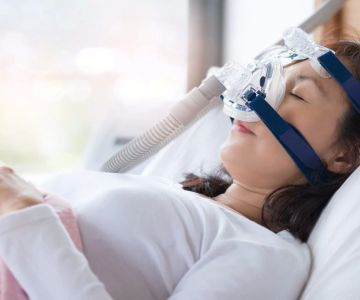



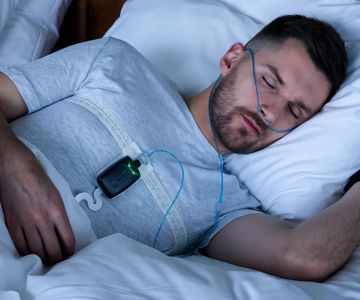
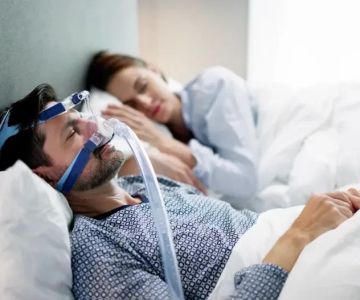
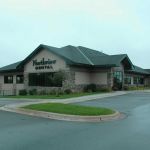 Northview Dental4.0 (301 review)
Northview Dental4.0 (301 review) Oral & Facial Surgery Centers of Washington4.0 (468 review)
Oral & Facial Surgery Centers of Washington4.0 (468 review) Access Dental Group Manhattan PLLC3.0 (18 review)
Access Dental Group Manhattan PLLC3.0 (18 review)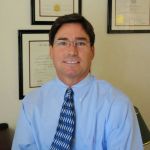 Deem Thomas E DDS5.0 (4 review)
Deem Thomas E DDS5.0 (4 review) Embassy Dental (Nashville)4.0 (420 review)
Embassy Dental (Nashville)4.0 (420 review)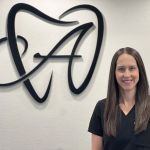 Armendariz Family Dentistry - Bethany Armendariz5.0 (310 review)
Armendariz Family Dentistry - Bethany Armendariz5.0 (310 review) The Importance of Oral Health Education During Pregnancy for a Healthy Pregnancy
The Importance of Oral Health Education During Pregnancy for a Healthy Pregnancy Best Tips for Brushing Your Teeth Properly for Healthy Gums: Essential Techniques for Oral Health
Best Tips for Brushing Your Teeth Properly for Healthy Gums: Essential Techniques for Oral Health Why Skipping Dental Checkups Can Lead to Bigger Oral Health Problems
Why Skipping Dental Checkups Can Lead to Bigger Oral Health Problems Advantages of Porcelain Dental Restorations
Advantages of Porcelain Dental Restorations How Can Diabetes Cause Tooth and Gum Problems? Preventing and Managing Oral Health Issues
How Can Diabetes Cause Tooth and Gum Problems? Preventing and Managing Oral Health Issues Healthy Habits for Promoting Good Oral Health and Hygiene: Tips for a Healthy Smile
Healthy Habits for Promoting Good Oral Health and Hygiene: Tips for a Healthy Smile